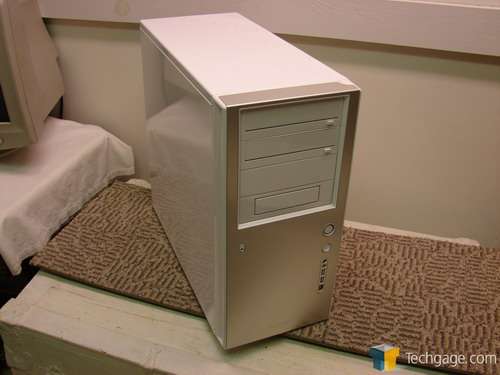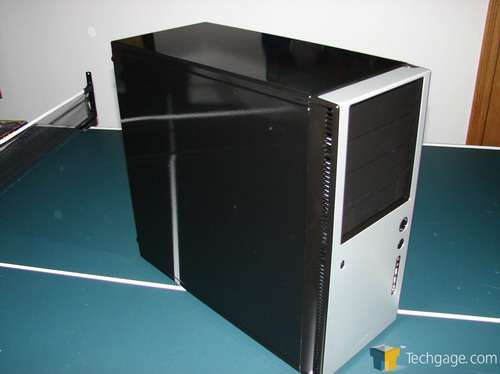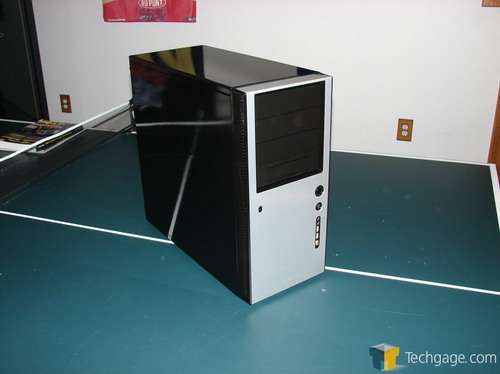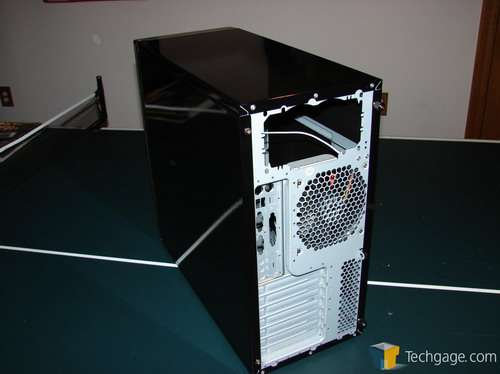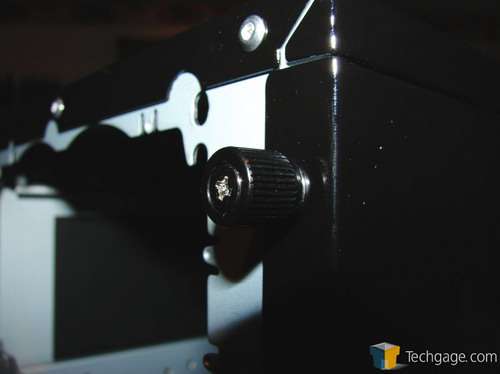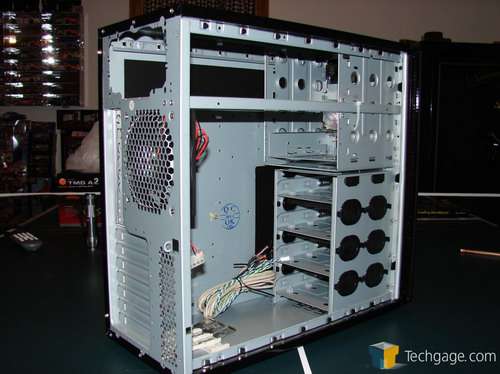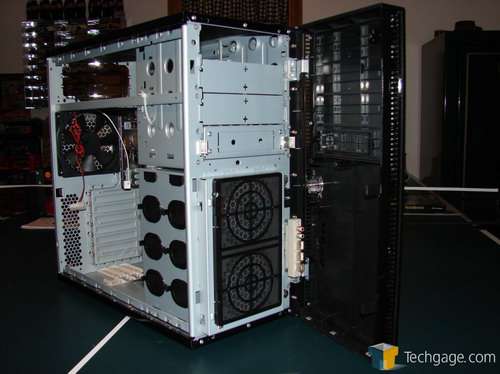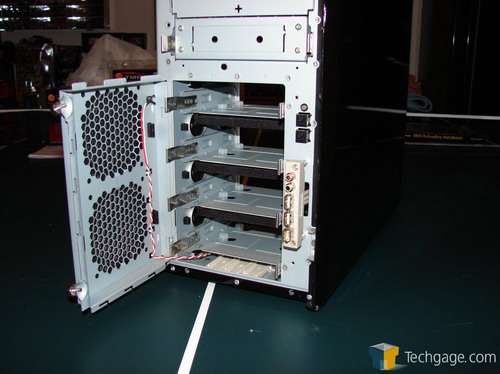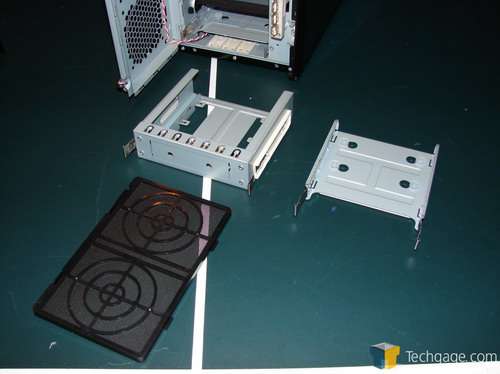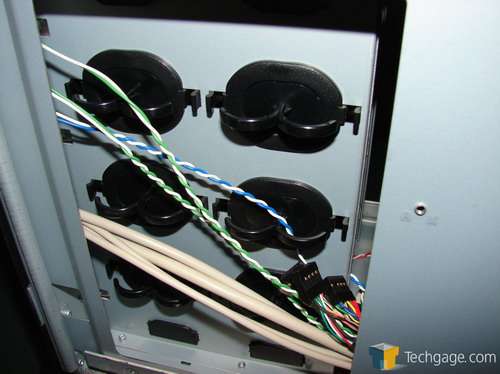- Qualcomm Launches Snapdragon 4 Gen 2 Mobile Platform
- AMD Launches Ryzen PRO 7000 Series Mobile & Desktop Platform
- Intel Launches Sleek Single-Slot Arc Pro A60 Workstation Graphics Card
- NVIDIA Announces Latest Ada Lovelace Additions: GeForce RTX 4060 Ti & RTX 4060
- Maxon Redshift With AMD Radeon GPU Rendering Support Now Available
Antec SOLO
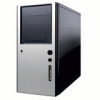
In a world of gratuitously flashy enthusiast PC cases, Antec sets itself apart by focusing on elegant design and a superb user experience. Their new SOLO case embodies these two ideals, offering a blend of style and substance as well as some thoughtful features aimed at convenience and low noise. Is this perfection in a computer case? Read on to find out…
Page 3 – Features Overview
The Antec SOLO shares its external and internal design with another case, Antec’s P150, with only two differences: the P150 is white where the SOLO is black, and the P150 also includes an Antec NeoHE 430W power supply. The P150 became available toward the end of 2005, but its white color and included power supply weren’t well-received by customers (at least in part due to the fact that early production runs of NeoHE power supplies suffered from extreme unreliability; these problems have been fixed in the most recent “Revision A4†units).
Antec’s customers responded, “Do you have it in black?†Essentially, the SOLO is Antec’s response to these customers, fulfilling the request for a high-quality ‘Piano Black’ finish (also found on their Sonata case) and no bundled power supply. All the other features of the P150 are retained – so everything that’s said here about the features of the SOLO case can also be applied to the P150, except that the P150 is finished in a glossy ‘Piano White’.
The front bezel of the SOLO features a clean and elegantly simple design, with a prominent power and reset button, and front-panel audio, USB, and Firewire connectors. Those who share the industry’s collective mania for blue illumination will appreciate the bright blue LEDs used for both the power indicator and HDD activity indicator. However, if you’re sick of blue LEDs, they can be changed with little effort. I think they go nicely with the Solo case’s black color, however. Front air intake is via a row of tiny slots along the sides of the front bezel, allowing the front of the case to remain free of any vent openings while allowing plenty of unrestricted airflow.
The rear of the case also features a clean layout, with a large honeycomb-punched 120mm fan grille and an additional intake grille beside the expansion slots. If you can’t have a wire fan grille, this particular type of punching is the next best thing; it’s open and unrestrictive. Like just practically every other case made today, the I/O panel for the motherboard can be exchanged for one which fits your motherboard’s particular set of rear panel ports. Installed in the rear of the case is a 120x25mm Antec-branded “Tri-Cool†case fan, which features a three-position switch for speed control. I’m happy to see a screw-mounted fan instead of a clip-in bracket; a screw-mounted fan generates less vibration noise.
The left side panel (the one you’ll remove to install components) is secured by a pair of spring-loaded, retained thumb screws – there’s no risk of losing them, and they’re a joy to use. The interior sides of both side panels as well as the top of the case are lined with a vinyl sheet, whose purpose is to add mass to the side panels, decreasing their natural (resonant) frequency and causing them to pass less noise to the outside. Tapping on the side of the case with all side panels installed results in a dull ‘thud.’ In the SOLO review sample, these damping layers were securely adhered to the side panel, though in my first-gen P150 case (over a year old), the adhesive is beginning to let go. I can’t say whether this is an issue with the SOLO or second-generation P150, however.
The interior of the SOLO case isn’t the roomiest of interiors, though this is the price paid for a compact form factor. Those wishing for more internal room should check out the P180. Still, even the largest ATX motherboards will fit comfortably. All the internal sheet steel is of the same thickness as the exterior steel – 0.8mm. This is where the SOLO case gets most of its weight, but it’s also very structurally robust. Thankfully, the expansion slots aren’t tool-less – those tool-free solutions that I’ve encountered have all been extremely fussy and difficult to work with – I much prefer using screws to secure my expansion cards, especially in the case of double-height cards.
The front bezel of the SOLO swings open like a door after releasing the three tabs that secure it. If you’d prefer to remove the front bezel while working on the front of your machine, it can be removed by lifting it from its hinges. The hinges themselves are made of steel. This type of attention to detail is what has always attracted me to Antec’s cases, which are always a pleasure to work on. Both the 5.25†bays and the 3.5†internal bays are loaded from the front; the internal bays are accessed via another door, by releasing another pair of thumbscrews. This arrangement also provides easy access to both sides of the twin 92mm intake fans for cleaning. The intake filter, however, is simply a piece of perforated plastic, and fairly restrictive. You’ll likely want to toss it aside – the other case air intake at the rear of the case is not filtered.
The SOLO’s mounting scheme for hard drives offers two methods for noise reduction. The four individual sleds feature soft silicone grommets, which absorb vibration. Alternatively, four sets of elastic shock-cords are provided, allowing hard drives to be mounted with no rigid attachment to the case whatsoever. This also gives the added flexibility of using 2.5†hard drives, which some find to be quieter. In fact, the world’s fastest hard drive, the Seagate Savvio, could be used in a similar way. 5.25†drives use the familiar plastic rails for mounting. The 3.5†external drive bay is also removable, and a fourth optical drive may be substituted.
The SOLO also offers a thoughtful cable-management system. On the right side of the internal 3.5†bays, a series of eight hooks allows the system builder to wrap the excess wire from the front panel connections out of sight, as well as the SATA cables for the hard drives. This is another of the genuinely novel ideas that I’d expect to find only on an Antec case.
The features of the Antec SOLO are designed to keep operating noise inside, and make building a system as hassle-free as possible. Up next, we’ll look at the build process, and the impact that each of these features has on the entire system-building experience.
|
|
Support our efforts! With ad revenue at an all-time low for written websites, we're relying more than ever on reader support to help us continue putting so much effort into this type of content. You can support us by becoming a Patron, or by using our Amazon shopping affiliate links listed through our articles. Thanks for your support!




